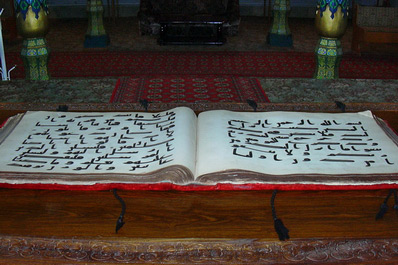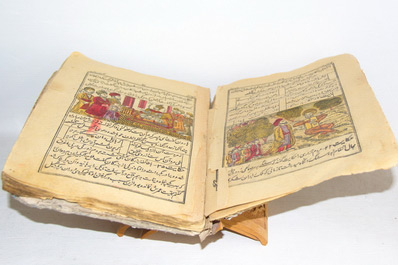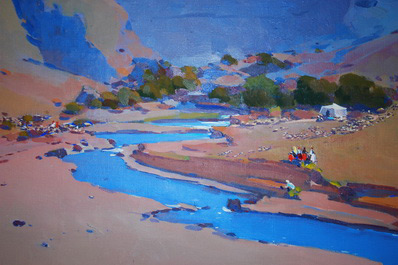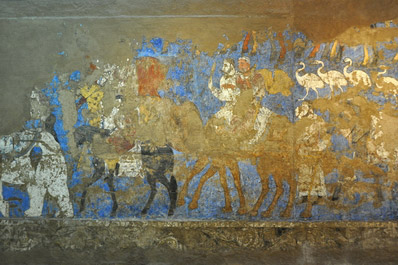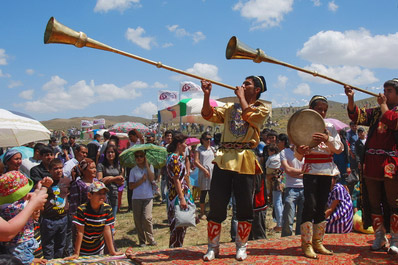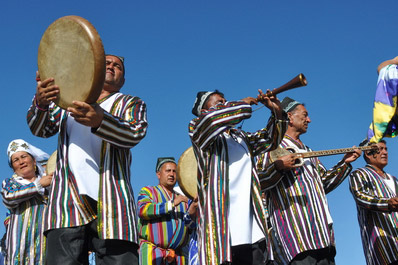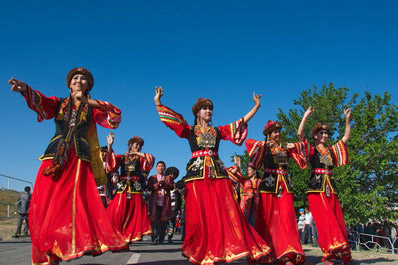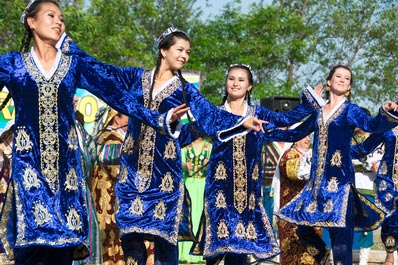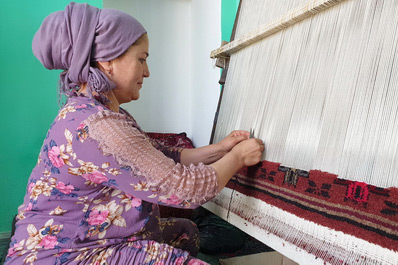Culture of Uzbekistan
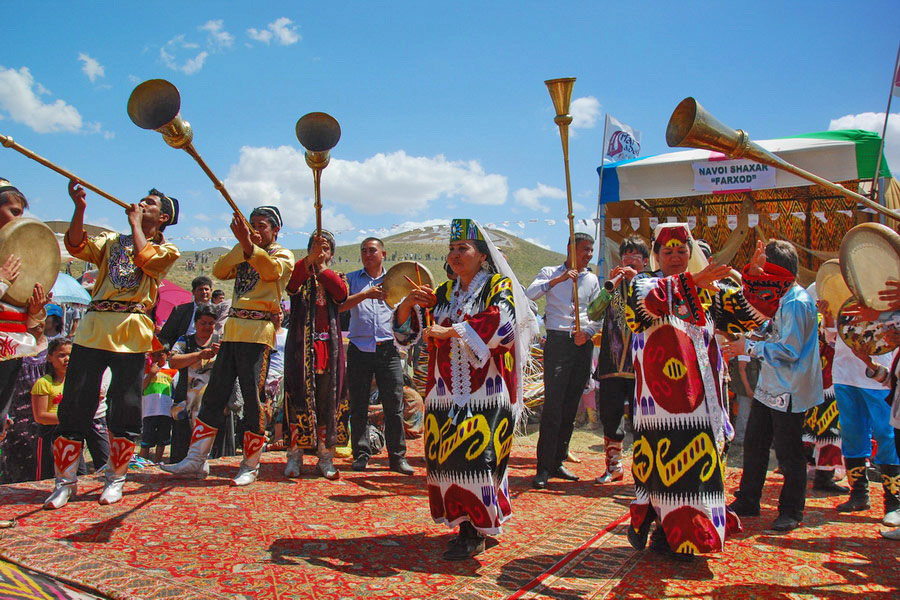
In every region of Uzbekistan, you'll find unique cultural traits, but all share common roots. The rich tapestry of Uzbek culture, shaped by various eras and peoples, shines through in music, dance, literature, art, crafts, traditions, cuisine, clothing, and daily life. Influential figures from history, including military leaders, religious figures, architects, poets, and philosophers, have also played a significant role in enriching Uzbekistan's cultural heritage, with many gaining international recognition.
Literature
Uzbek literature has its roots in oral folklore, encapsulated in legends, fairy tales, and epic poems that date back centuries, focusing on themes like love, kindness, and justice. Tales and anecdotes about the folk hero Nasreddin Afandi have been passed down to this day.
The arrival of Islam in Uzbekistan introduced religious literature, including the world's oldest Quran manuscript, the Usman Quran, preserved in Tashkent's Muyi Muborak madrasah. This manuscript is notable for bearing the bloodstains of Caliph Usman, the Prophet Muhammad’s son-in-law.
Secular literature began to flourish in the 14th century, though Islamic motifs remained prevalent. Uzbek literature was heavily influenced by classical Persian poetic forms like ghazals, rubais, and kasidas. By the 15th century, literature largely moved away from religious themes, with Alisher Navoi and Babur emerging as notable authors of the era.
The late 19th and early 20th centuries saw a surge in writers and poets who founded modern Uzbek literature and dramaturgy. Today, Uzbek literature spans a variety of genres, with plays and operas based on local authors’ works being performed widely. Uzbek prose and poetry are integral to the curriculum in schools and universities.
Painting
The earliest visual expressions of Uzbek culture are rock paintings depicting hunting scenes, animals, and people, dating back to the 15th to 18th millennia BC, found in places like Sarmyshsay, Zarautsay, and Beldersay.
The oldest known painting, a pre-Islamic wall fresco from Afrasiab (Samarkand), likely depicts a wedding procession led by a girl on a white elephant. With Islam's advent, artists turned to creating ornamental patterns, as depicting human figures became taboo. This art of illumination, known as tazhib, is recognized by UNESCO as part of the Intangible Cultural Heritage.
Portrait art developed during the Timurid era, alongside the enduring popularity of miniature painting. Renowned artists from this period include Kamoliddin Behzad and Ahmad Donish.
Art from Uzbek artists in the 1920s and 1930s is highly valued, with figures like Ural Tansykbaev, Igor Savitsky, Alexander Volkov, Alexander Nikolaev (Usto Mumin), Pavel Benkov, and others gaining international acclaim.
Music
Uzbekistan is synonymous with music, being one of the most musically diverse countries in Central Asia. Traditional instruments such as the dombra, dutar, karnay, surnay, doira, tanbur, and kobuz have been celebrated for centuries.
Although Uzbek folk music faced restrictions in the mid-20th century, it has seen a resurgence in recent years. Traditional music forms like "shashmaqam," "katta ashula," and "bakhshi" are now part of UNESCO's Intangible Cultural Heritage of Humanity.
Today, Uzbekistan's music scene includes classical, folk, and contemporary styles, played at every type of celebration, from family gatherings to public festivals.
Dance
No Uzbek celebration is complete without dance. Uzbeks are passionate dancers, and it's hard not to get swept up in the rhythm of their traditional music.
Dances that have survived through the ages were confirmed by archaeological findings in the Fergana Valley, which depicted dancing figures. Historical evidence also shows that dancers from Samarkand, Bukhara, and Khorezm were well-known across Central Asia from the 4th to 8th centuries.
Modern Uzbek dances fall into two categories: folkloric and classical. While classical dances are known for their aesthetic and formal precision, folk dances are vibrant and varied, often incorporating everyday objects.
Dances like the "Andijan Polka" are famous worldwide. Each region in Uzbekistan has its own dance traditions, with the distinctive Khorezm dance lazgi listed by UNESCO as part of the Intangible Cultural Heritage.
Applied Arts
Uzbek culture is also deeply rooted in traditional crafts, an essential part of the nation's intangible heritage.
Artisans have been crafting items like ceramics, knives, embroidery, gold-sewn items, carpets, jewelry, and national fabrics for centuries, with techniques passed down through generations.
Each craft has its unique features and variations. For instance, Rishtan is known for its ceramics, Chust for its knives, Samarkand for paper, Bukhara for gold embroidery, and Margilan for silk fabrics. These crafts not only reflect the rich cultural traditions but also the everyday creativity and skill of the Uzbek people.


